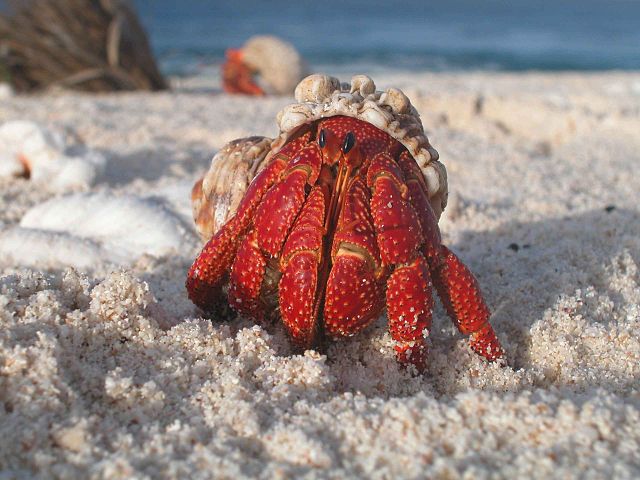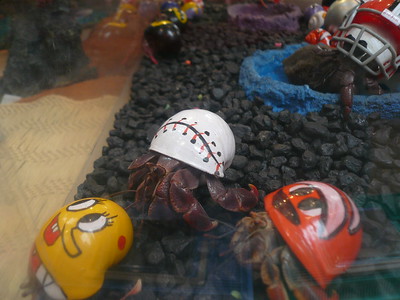 Did you know that hermit crabs swap out their shells several times throughout their lives?
Did you know that hermit crabs swap out their shells several times throughout their lives?
Recently, however, hermit crabs all over the world have been spotted using plastic trash as a makeshift shelter instead of the typically preferred seashell!
While it may seem like the crabs are making bold fashion statements, in reality, they may have no other option. The rise in plastic pollution is known to negatively affect the ocean and many marine species; and several million metric tonnes of plastic are estimated to enter the ocean every year.
Let's look into this unique behavior of hermit crabs and why they might be using plastic.
Hermit Crabs: Their Habits
There are two types of hermit crabs - terrestrial and aquatic, and they live in many different areas globally. They often inhabit tropical regions in the Indo-Pacific region, the Western Atlantic, and the Western Caribbean.
Living near water is important to the survival of terrestrial hermit crabs because the high humidity keeps their gills moist and they search for food and potential shells there.
Hermit crabs cycle through multiple shells to accommodate their growing bodies during their lifetimes. They use these shells as a form of armor to keep their soft abdomens safe from potential danger. Sometimes they use plant stems, broken coconut shells, hollow cylinders of wood, or other similar objects as portable protection.
Due to their pickiness in selecting the right type of shell, hermit crabs often spend a lot of time taking shells off and putting them on until they find the perfect fit!
Why Are Crabs Wearing Plastic Hats?
 Scientists studied 386 images of hermit crabs using plastic armor to better understand why they are seeking out new variations of shells.
Scientists studied 386 images of hermit crabs using plastic armor to better understand why they are seeking out new variations of shells.
They learned that the hermit crabs may have adapted to their cluttered environments and discovered that plastic pollutants help them camouflage with their surroundings.
Researchers also think that the lightweight plastic bottle caps allow the crabs to use less energy to move around as compared to heavier shells. Another theory is that plastic is known to exude a chemical odor similar to food, and tends to attract the crabs.
Other studies uncovered drawbacks of these plastic “hats”. It has been noticed that microplastics disrupt the behavior of terrestrial hermit crabs in potentially harmful ways. The crabs are less selective in their shell choices, display riskier conduct, and exhibit impaired fighting skills - all making them more vulnerable to predators.
Given the small data sample, scientists are continuing to do more research to understand how widespread this behavior is and the long-term impacts of plastics on hermit crabs. But the pictures do serve as a reminder of the importance of learning about the potential consequences of pollution on all species.
Sources: BBC, Washington Post, ScienceDirect, FastCompany, SI.edu, hermitcrabpets.com






